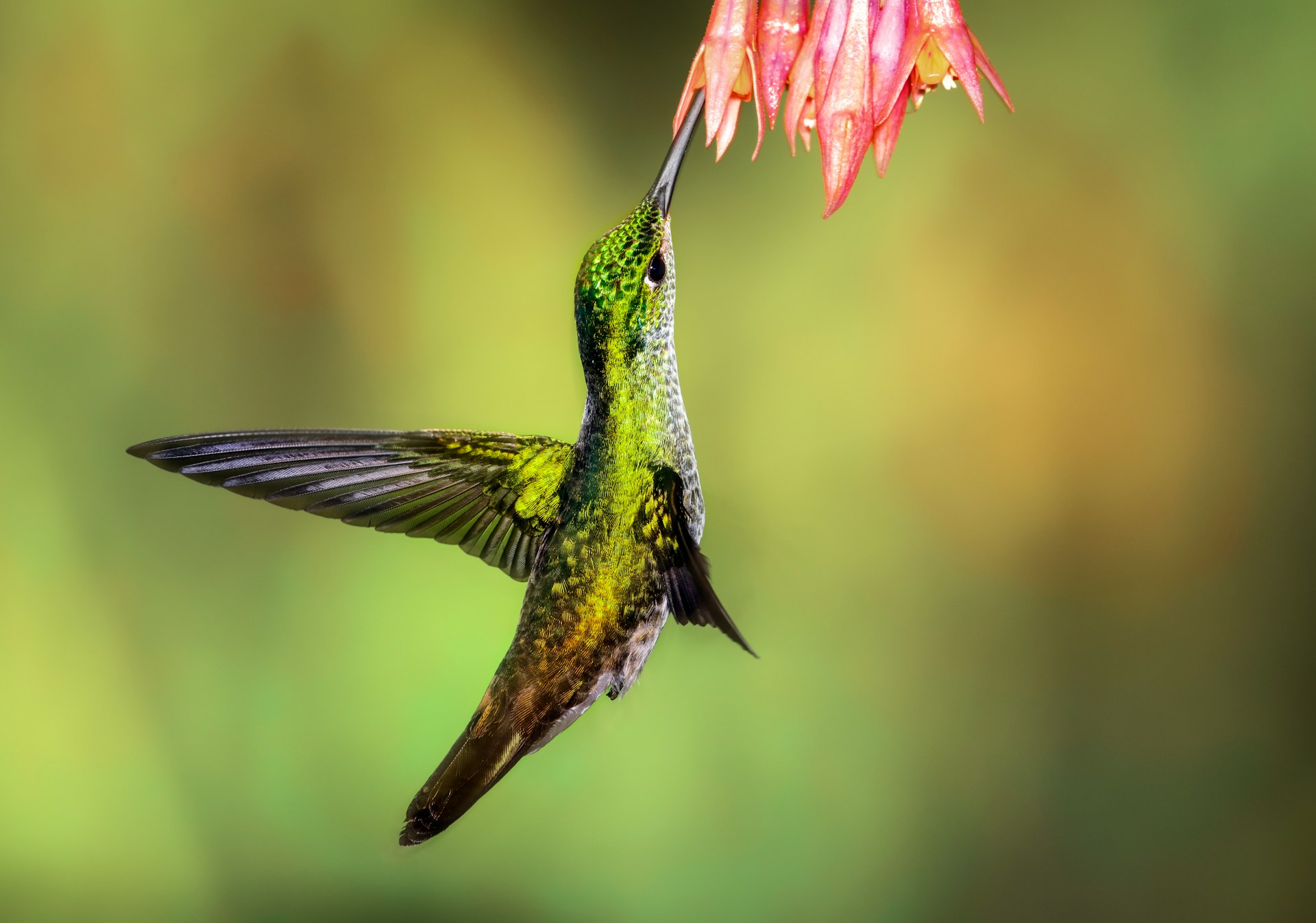Spotting a Hummingbird Nest
To spot a hummingbird nest is like finding a hidden treasure, as these nests are incredibly tiny and have an uncanny ability to blend into the surroundings. These exquisite nests, about the size of a walnut half, often sit precariously upon thin branches and are well camouflaged with green moss, lichen, and plant material secured with spider webs. However, the best method to find a nest is by respectfully observing female hummingbirds.
Post-migration, when females return to their breeding grounds, they often conduct a flight pattern that could potentially aid in uncovering their nests. From the flurry of dipping and rising activity to a sudden disappearance into a tree, chances are you might be on the path leading to their well-constructed homes.
The Hummingbird Nest Building Process and Choosing the Right Location
On reaching their breeding grounds, female hummingbirds start their eat, mate, and nest building cycle. Eating is crucial as they consume almost half their weight, building up the energy to carry out the coming tasks. The intricate process of finding a mate, building a nest, laying eggs, and raising the young is an arduous task for these tiny birds uniquely equipped for survival.
Location specificity is astounding in the construction of hummingbird nests. From tree species to branch robustness, height from the ground, and even the angle of the branch, everything is thoroughly considered. For more unique hummingbird nesting facts, visit birdsandblooms.com.
Assisting Hummingbirds: The Hummingbird House, Nesting Materials and Nest Construction
We can play our part in assisting these beautiful creatures. Installing a hummingbird house in our gardens can provide them with a safe haven. Hummingbirds construct their nests using an astonishing mix of materials such as grass, moss, lichen, feathers, and, notably, spider web silk. The elasticity of spider silk aids in constructing nests that expand as the young ones grow!
The construction technique of these nests is fascinating. The nests, usually cup-like, are engineered brilliantly to endure harsh weather and predators while keeping the eggs and young secure. For more information about hummingbird nests, visit hummingbirdnestranch.com.
Unique Characteristics of Hummingbird Nests, Nest Building Effort, Reusing Nests & Observing Nests Without Disturbance
The unique characteristics and amazing effort that go into building a hummingbird nest are simply mind-boggling. Each nest takes about 5-7 days to build and involves making countless trips to gather materials. Some hummingbird species reuse their old nests or build a new one over it, adding another layer to their construction mastery.
While the activity of these little dynamos is fascinating to observe, it’s important to remember not to touch the nests, as disturbances can frighten the hummingbirds, causing them to abandon their nests, harming the eggs or the young. For further interesting facts about hummingbirds, check out hummingbirdcentral.com.
<small>Image source: https://unsplash.com/photos/green-hummingbird-pollinating-on-pink-petaled-flowers-jQI1tnK6OEU </small>

